The 1900s were an interesting time for the royal family, with an abdication, the crowning of two kings who were not born as the heir apparent, and a princess who went from third-in-line to heir presumptive in just eight months.
Edward VII and Alexandra
Unlike the unrehearsed, lacklustre event that had been Queen Victoria’s coronation, the coronation of Edward VII and Alexandra was planned to be a large, celebratory event to mark the first coronation in over 60 years.
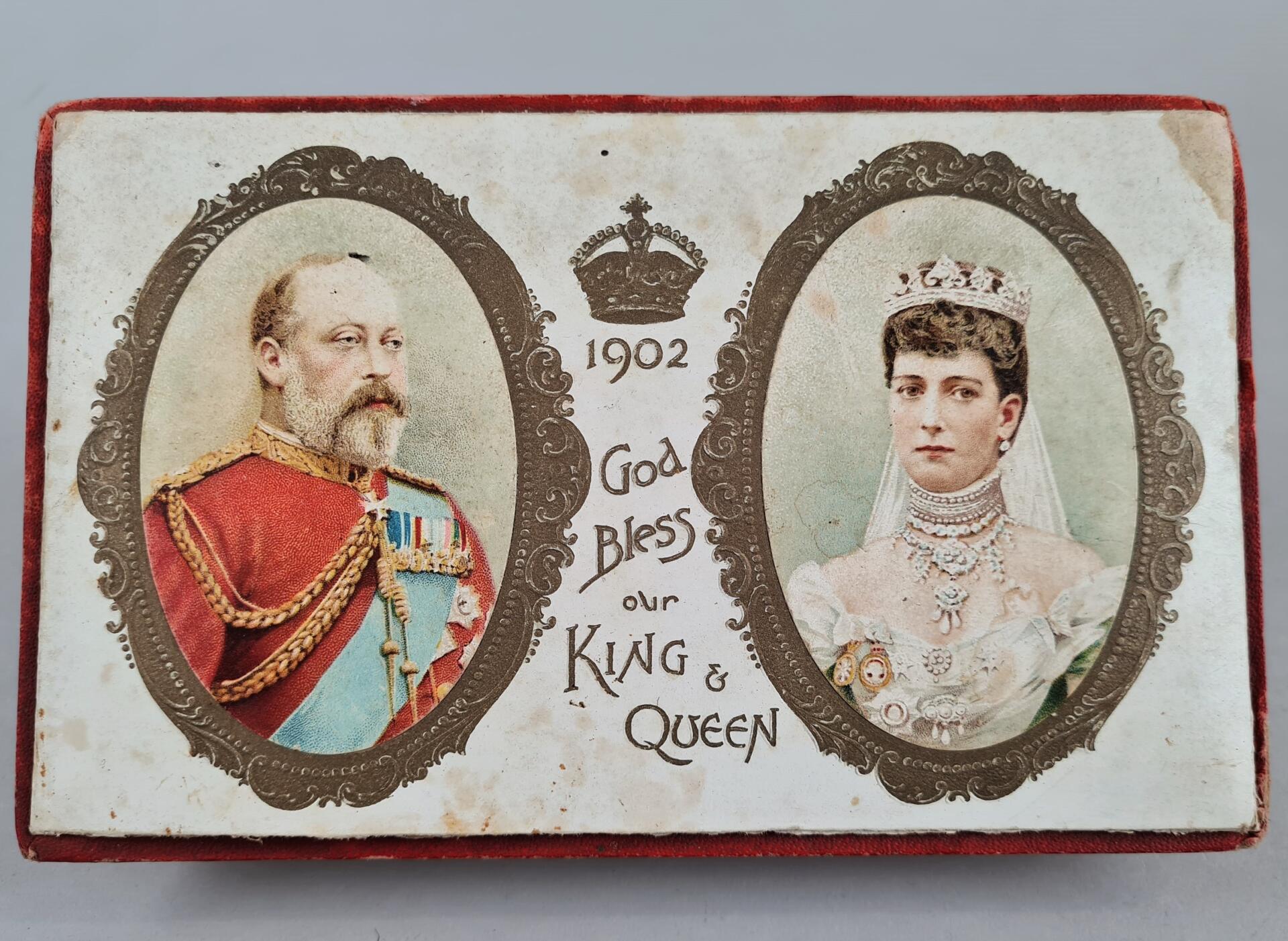
To celebrate, many towns and cities had souvenirs created in honour of the new king and queen. Thornaby and Stockton had created medals to mark the day, which were handed out to members of the public on behalf of the town Mayors. However, these medals are interesting because the date listed on them, June 1902, is incorrect. Edward was initially supposed to be crowned on June 26, however the king needed an emergency surgery two days before the coronation – it happened so quickly that the operation took place on a table in the music room of Buckingham Palace! The coronation was moved to August 9 1901, just a few weeks after the original date.
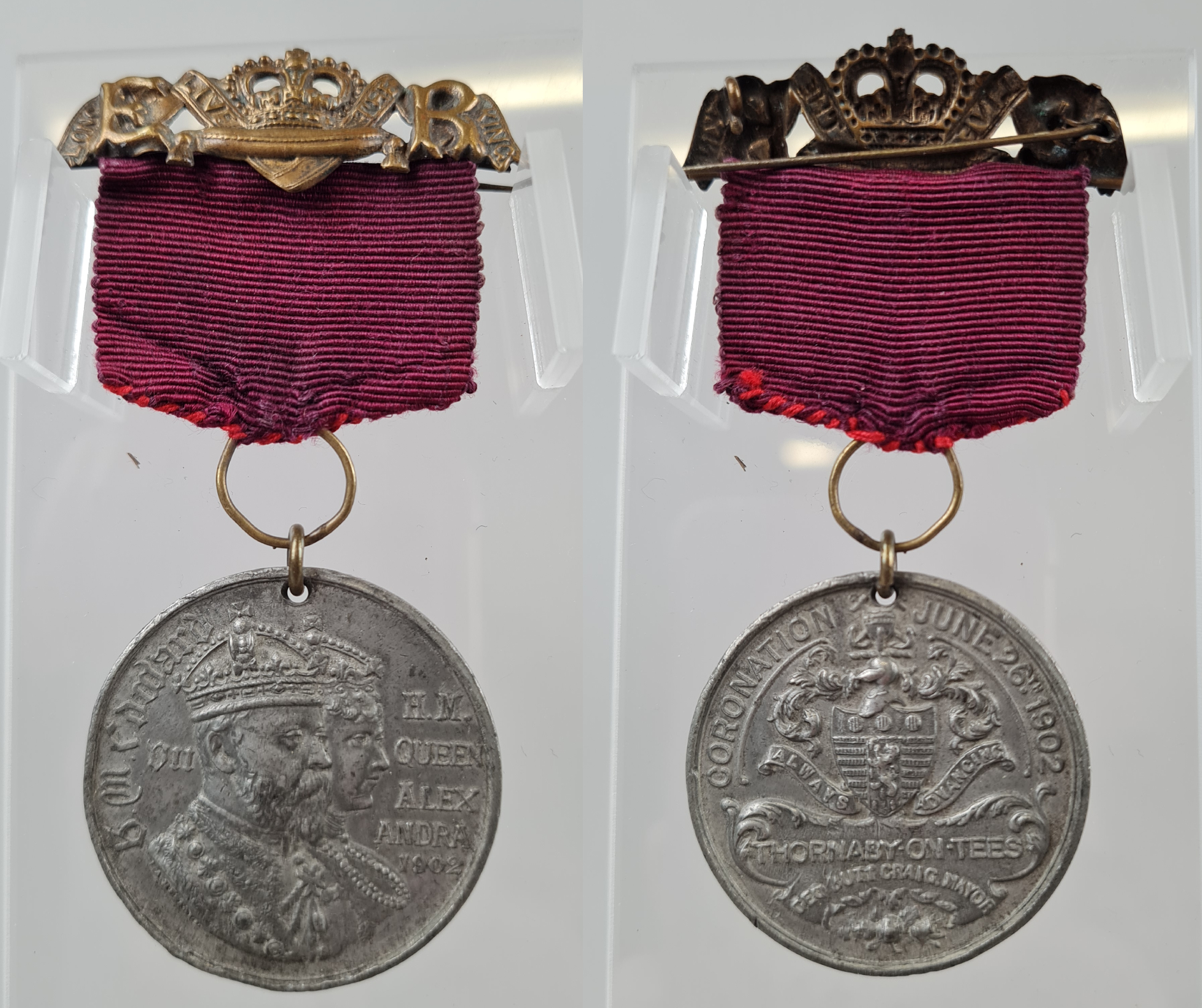
Medals distributed by Stockton and Thornaby town councils to celebrate Edward VII and Alexandra
George V and Mary
Crowned in 1911, just nine years after the coronation of his father, George V was the quieter, younger son of Edward VII and had not expected to be king when he was born. It was only upon the sudden death of his older brother that he became the heir to the throne aged 27.
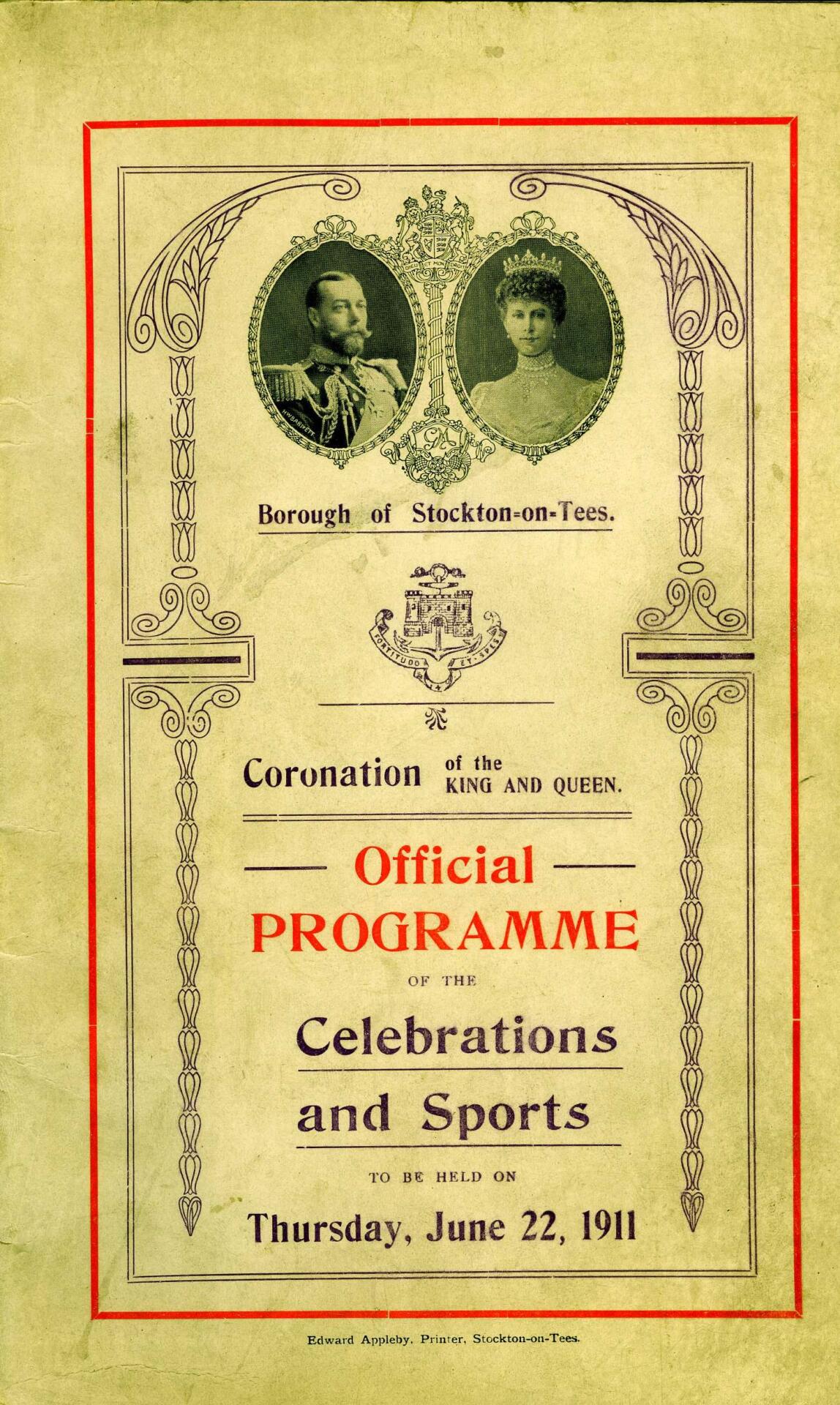
George V sports programme
The coronation was planned for June 22 1911. Stockton went all-out for the coronation, with a day of celebrations planned throughout the town. There were sports for men and children of all ages, and afternoon tea offered for older girls and women. The high street was decorated with flowers and bunting, all to celebrate the new king and queen.
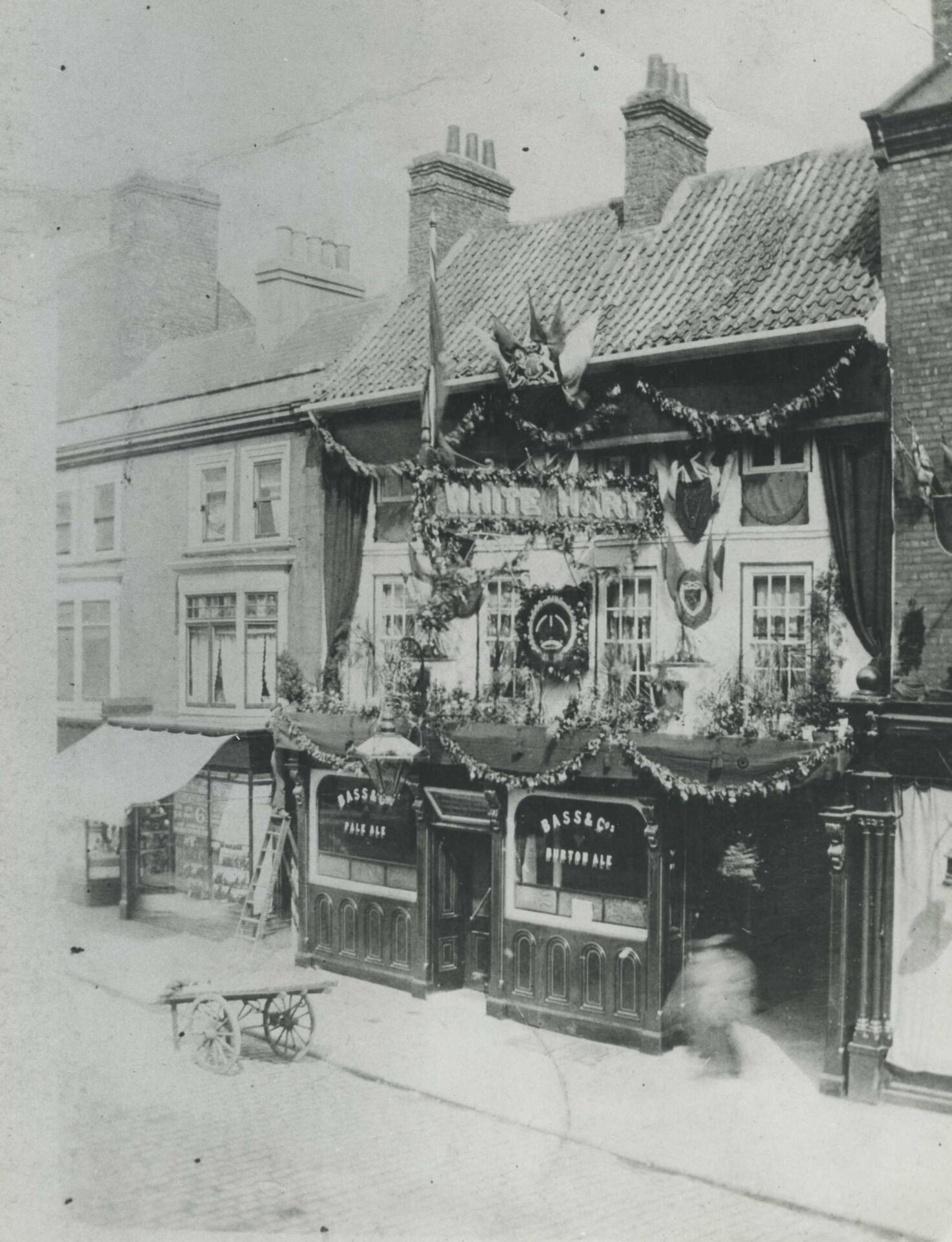
The White Hart Inn, on Dovecot Street, went all-out with its decorations!
Edward VIII
On the death of George V in 1936, Britain prepared for another coronation. There was excitement at the news of a young king, one who had yet to marry, but who was scheduled to be crowned at Westminster in May 1937.
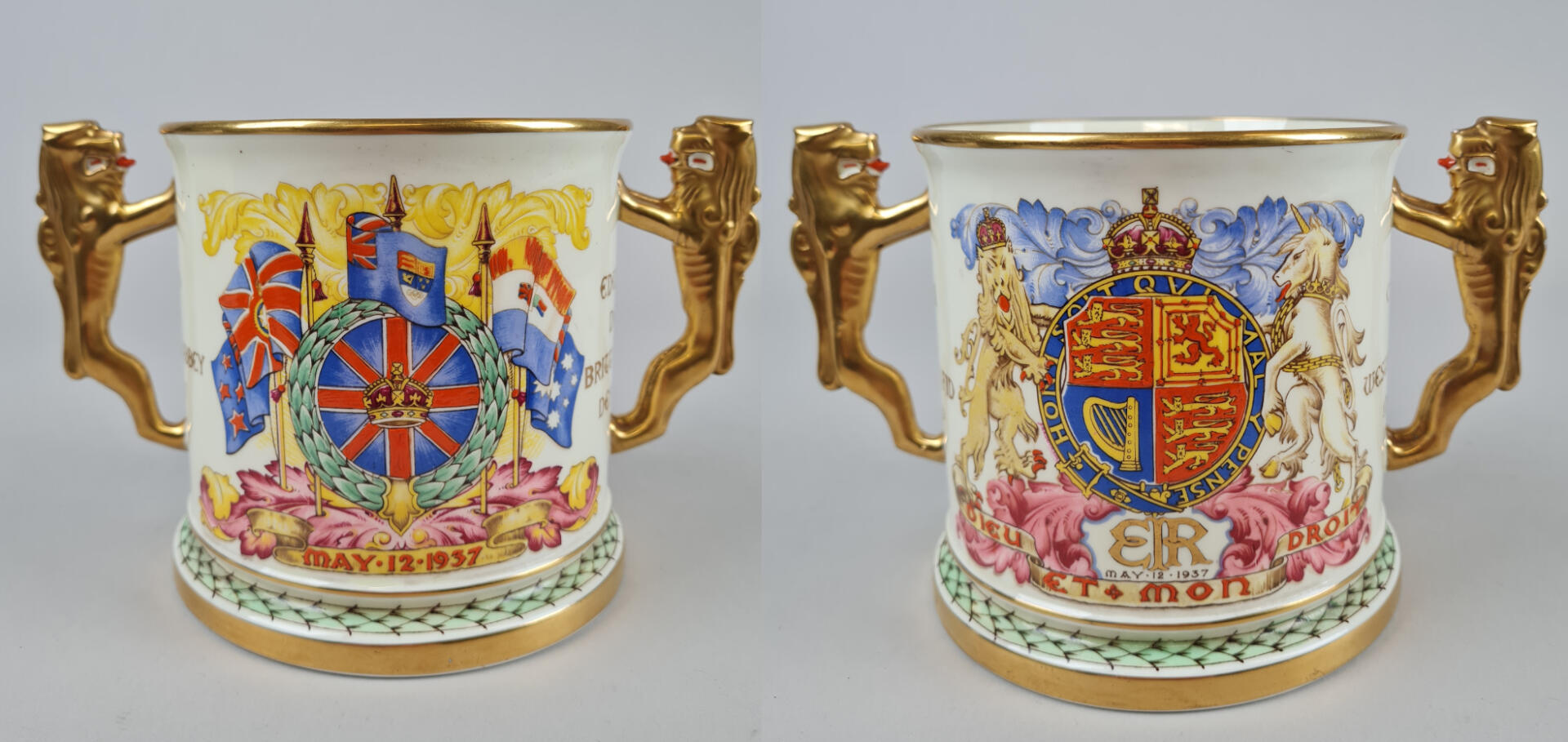
Memorabilia was mass-produced in a way it hadn’t been before, with tea sets, mugs, ceramic-ware, handkerchiefs and even cravat pins being made to commemorate the coronation of Edward VIII. Coronation-fever had gripped merchants and memorabilia-makers, eager to capitalise on a deeply patriotic Britain.
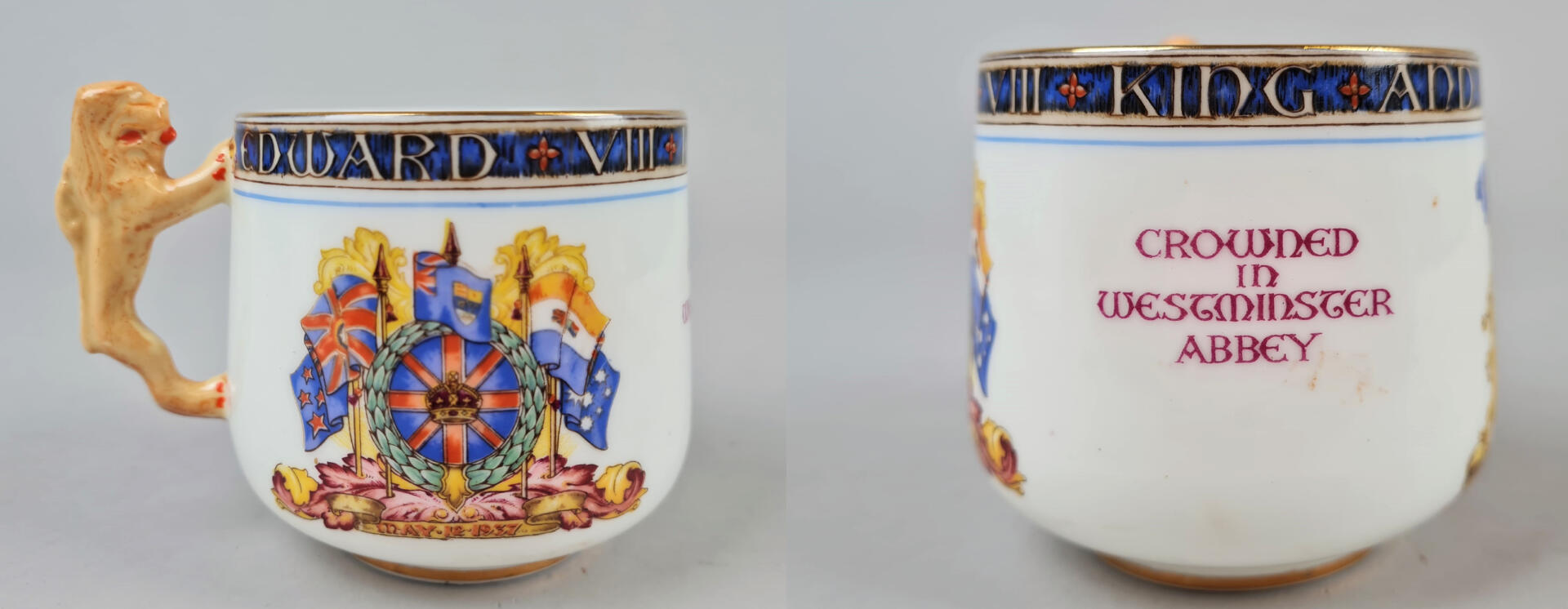
A teacup and commemorative vessel created to celebrate the coronation of Edward VIII
The coronation was planned for May 12 1937. Behind the scenes, however, a royal crisis was unfolding, as Edward was slowly coming to the realisation that he could not marry the twice-divorced Wallis Simpson if he wanted to remain king. If he did, he risked the resignation of the government and a general election, as well as scandalising the Church of England. To the surprise of the British public, who had been kept in the dark the whole time, he made his decision just eight months after becoming king. On December 10 1936, Edward VIII abdicated in favour of his younger brother.
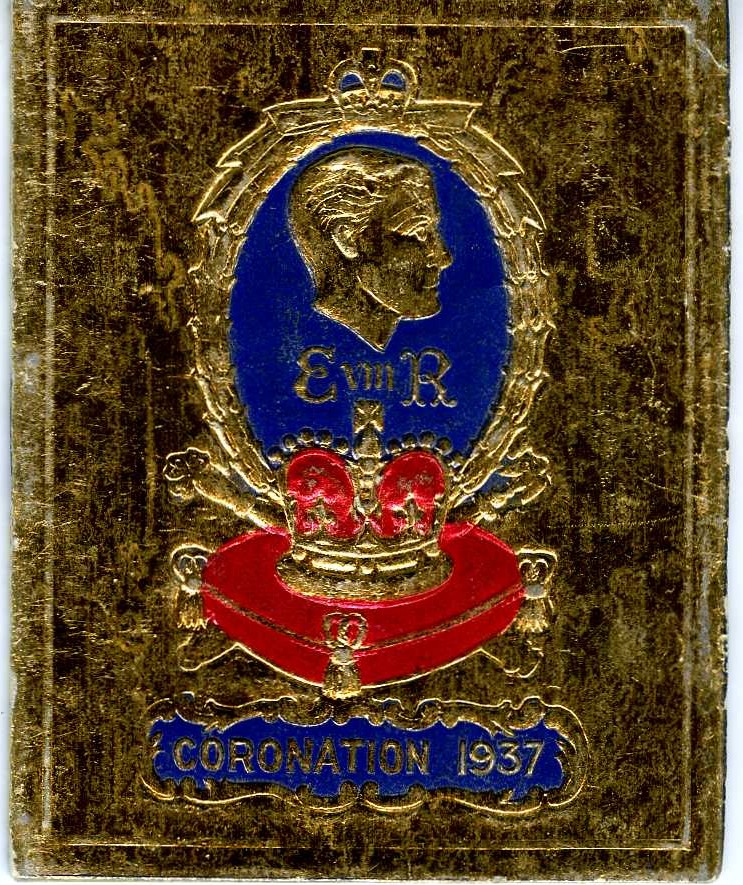
This booklet shows scenes from the imagined coronation of Edward VIII. They are worth very little today – indicating just how many had been printed in the months after Edward became king.
George VI and Elizabeth
The original plan for the May 22 coronation was sparse, as Edward VIII had not wanted a coronation at all, and had only agreed to a low-key ceremony. When George VI acceded to the throne after the abdication, many of the traditional elements such as the royal procession were added back into the plans for the day.
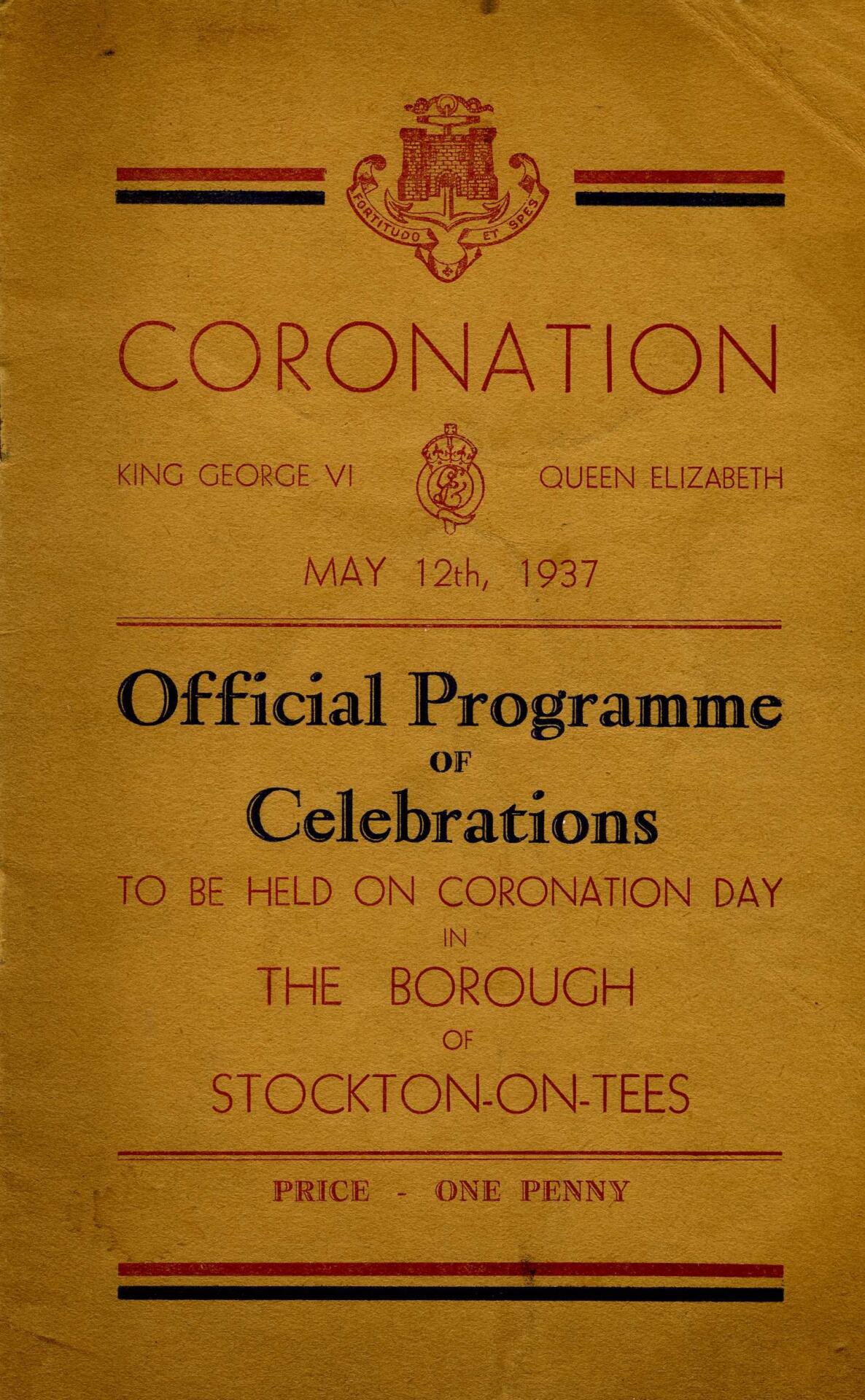
As with the coronation of George V, Stockton organised another day of activities and games to celebrate George VI and Elizabeth.
This was the first coronation that became a social event, with streets closed off for parties and games organised by the public themselves. There was a whole month of royal and public social events to celebrate and mark the occasion.
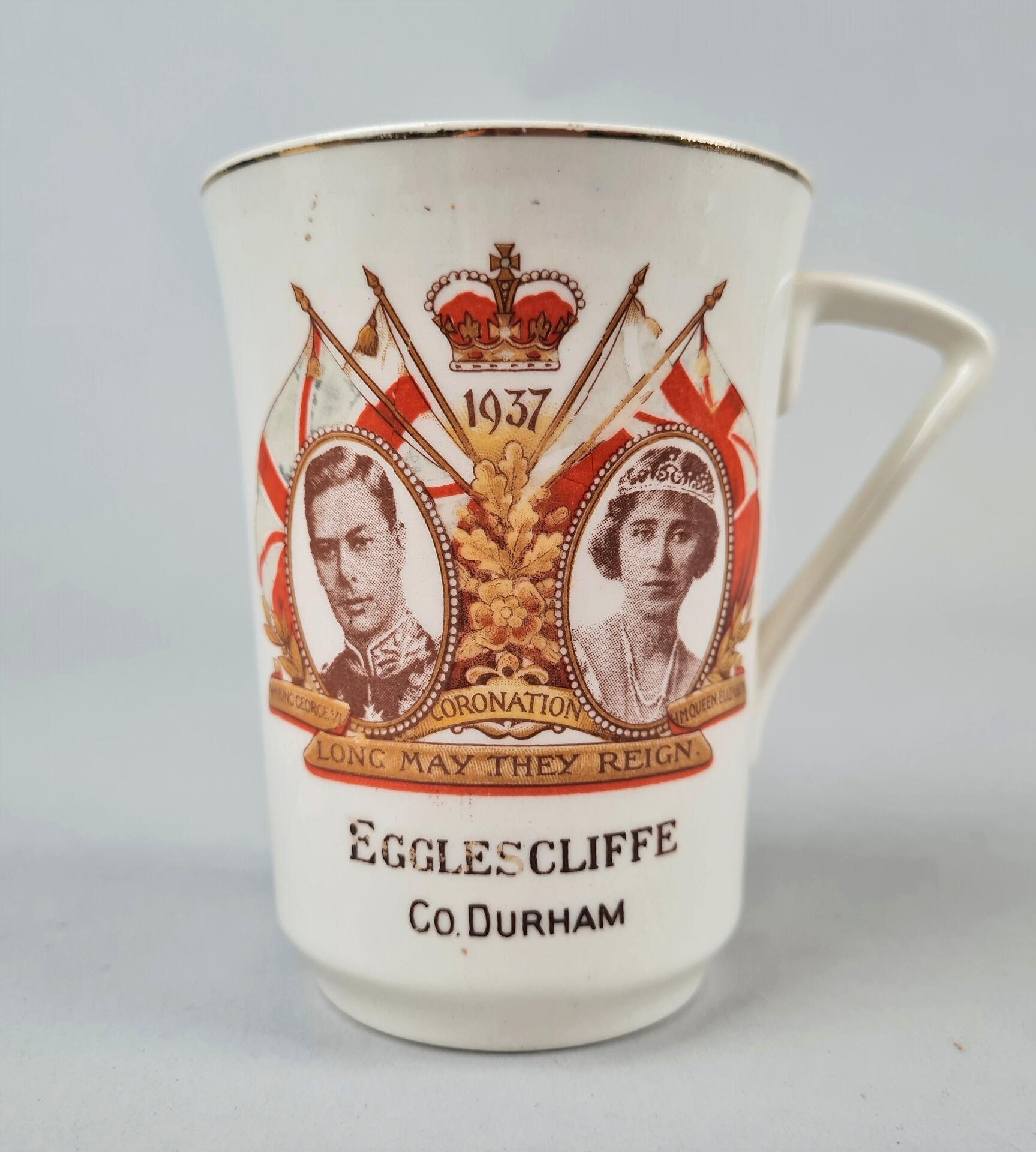
Merchants and memorabilia-makers had five months to create more commemorative-ware for the coronation. This cup was made to commemorate the joint coronation.
The coronation of George VI and Elizabeth marked a significant milestone in television history. It was the first coronation to be filmed, although the ceremony inside Westminster Abbey was not broadcast.
Elizabeth II
The young Princess Elizabeth had never expected to come to the throne. Although she was third in line at her birth, it was always assumed that Edward VIII would marry and have children of his own, or that her parents would have a son that would take her place in the line of succession. The young princess was popular amongst the British public, and once her father became king, Elizabeth found herself the heiress-presumptive to the British crown.
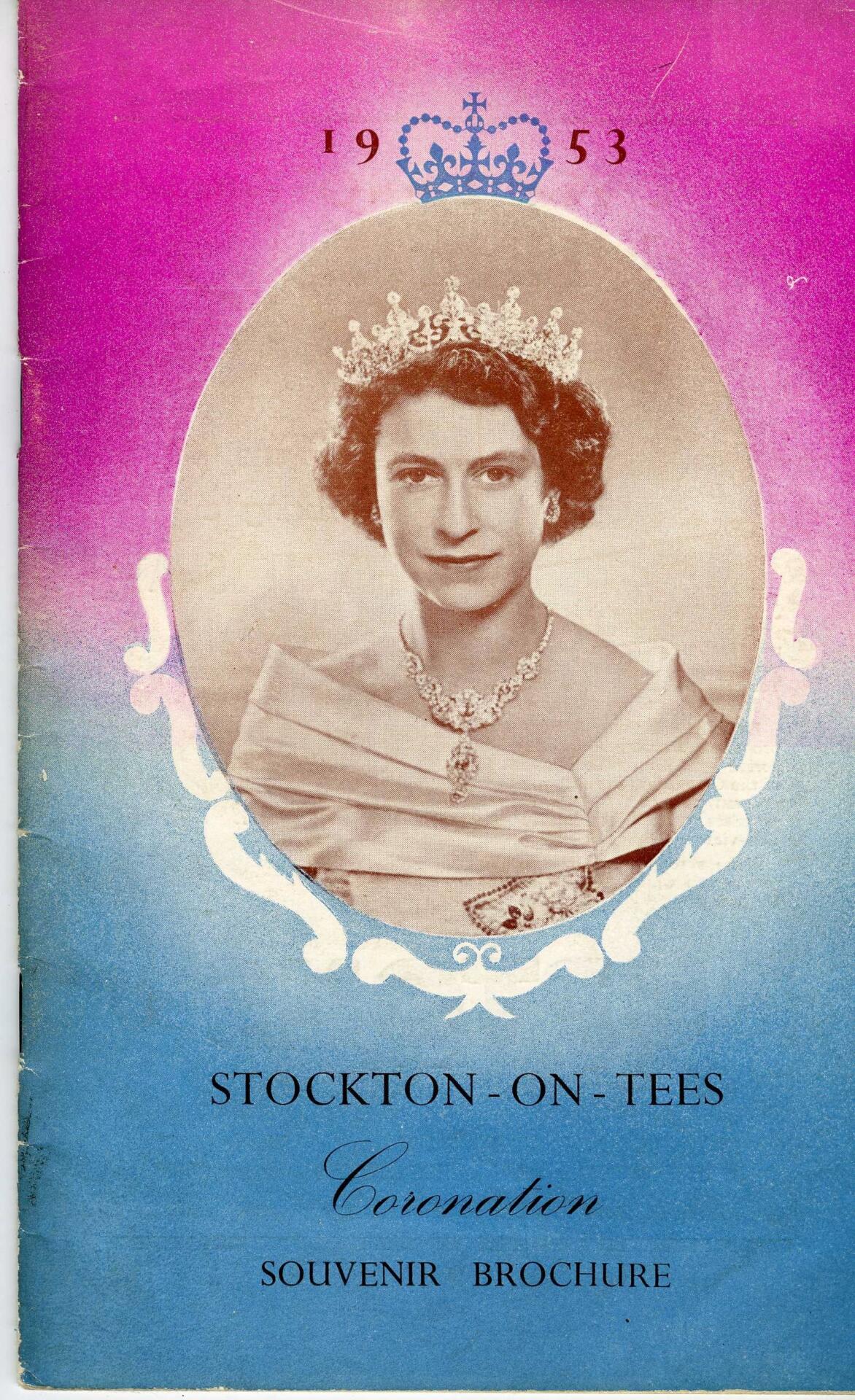
Stockton produced many souvenirs to mark the coronation of the young queen, including this souvenir brochure which detailed the major highlights of the day
The coronation was the first to be broadcast internationally, with Elizabeth insisting that the BBC be allowed inside Westminster Abbey to film it. Worldwide, an estimated 277 million people watched her coronation.
Elizabeth went on to become the longest-reigning monarch in British history, reigning for over 70 years. After her death in 2022, her son Charles acceded the throne as Charles III.
